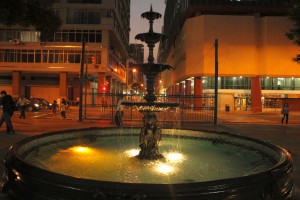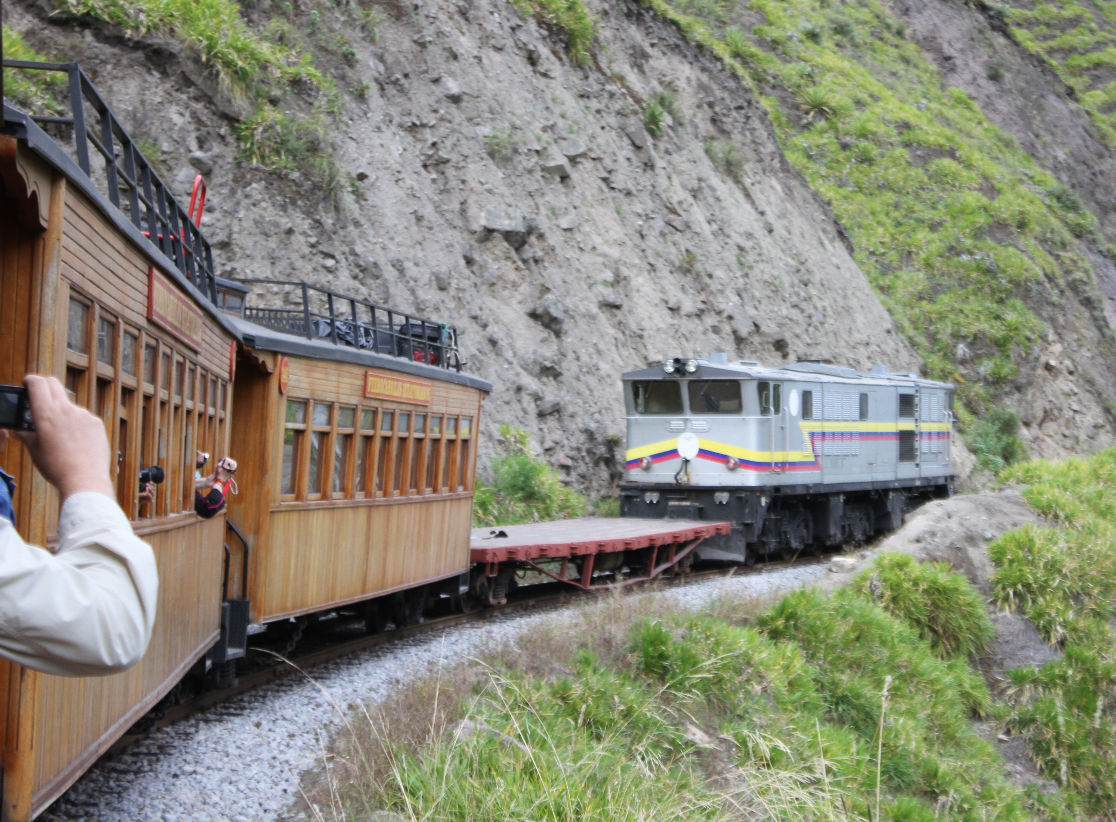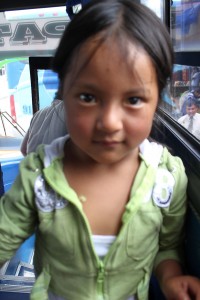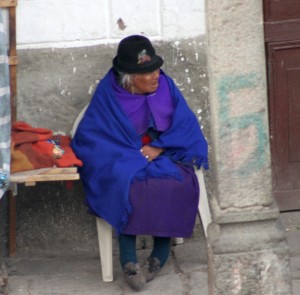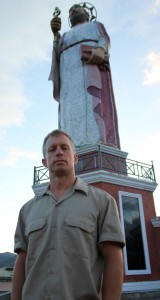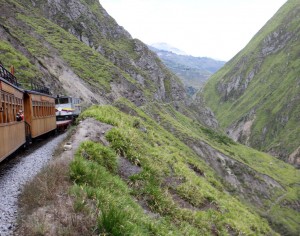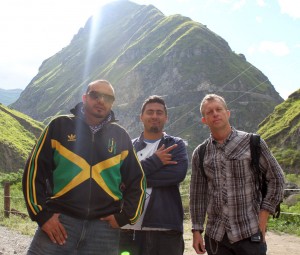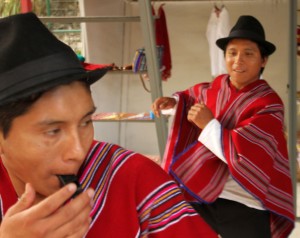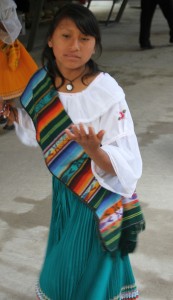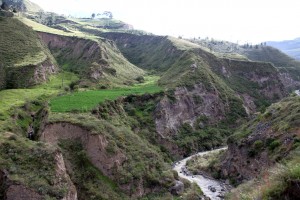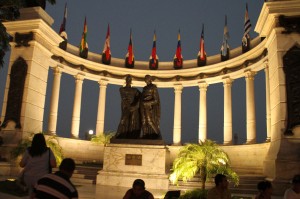
Guayaquil has a whole different vibe than Quito but has plenty to offer a curious traveler for a couple or three days. Though many people may tell you the central part of town is dangerous, that is based largely on outdated information from the 1990s. We stayed in a lovely apartment flat cum hostel called “Casa Romero” in the central part of town that was perfect for our needs.
The Malecon or waterfront boardwalk is the area to see and it was completely redone in a very intense renovation in the year 2000. Today it is a beautiful part of the city and a great and secure place to go walking (day or night), but especially around dusk or sundown when you’ll see families and tourists doing what they do best, enjoying life.
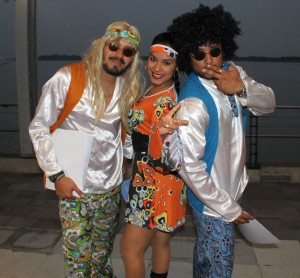
There are restaurants, bars, cultural monuments and statues, artisan markets and on weekends and holidays usually entertainment (the night we were there a live tribute to the music of the 1960s). And perhaps most importantly lots and lots of police and security stroll around so that a traveler never should feel insecure.
The end of the Malecon leads to the beautiful Cerro Santa Ana the historical part of Barrio Las Penas. Cerro Santa Ana has over 400 winding steps that are numbered so you can track your progress.
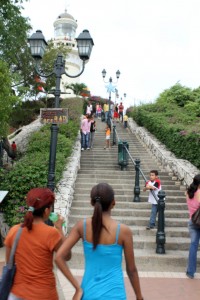
If the hike is too intense, don’t worry; the area is full of colorful restaurants, bars, souvenir shops etc., so you can take your time. On the day we were there it was packed because it was a holiday but we made it all the way to the top which has a lighthouse and church, both which afford a great view of the city and surrounding river.
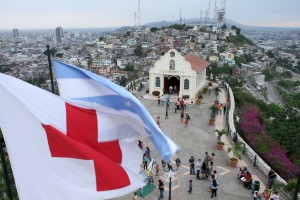
Also near the central part of town is the famous Parque Bolivar which is better known as Iguana Park because it is chock full of friendly and cool iguanas that will even let you pet them (though I saw signs telling us not to, we, along with about a dozen kids, did anyway). Iguana Park is small and besides the iguanas isn’t that unlike many of the dozens of other parks we’ve visited, but it’s still one of my favorite parks in all of Latin America.
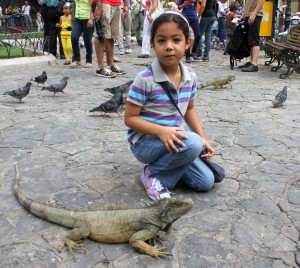
Now if you have time to head outside of the center of town, I recommend Parque Historico, which is out in a newer, wealthier suburb of Guayaquil just past the airport. Parque Historico was built in a naturally occurring mangrove.
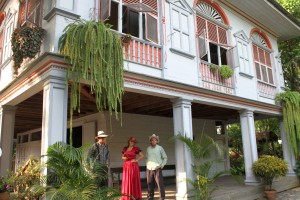
It has a zoo that features the native wildlife of the area that is not to be missed. The animals aren’t really in cages as much as fenced off and contained in naturally occurring areas that make it feel like your observing them in their natural habitat. We saw monkeys, foxes, exotic birds, leopards, caymans and more. While zoos don’t really turn me on, I must admit the monkeys cracked me up with their antics. Hilarious and so human like.
The park’s namesake comes from the fact that they have a scaled down replica of what the Malecon was like during the heyday of the late 1800s and 1900s. The buildings feel pretty authentic and it seemed like a small movie set.
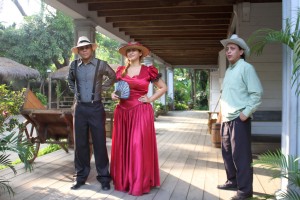
They also have other traditional exhibits which showcase the different types of homes, complete with the culture and traditions of the 1800s including a hacienda (ranch) and a rural farm typical of the coast.
It felt pretty authentic because it comes complete with actual actors in full character. On the weekends we hear they have shows and demonstrations that add to the feeling. All in all, Parque Historico is worth the drive/taxi ride if you have the time.
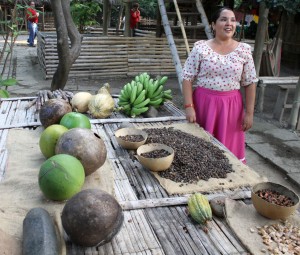
We also visited the Botanical Gardens way, way on the outskirts of town on top of a mountain. The best thing to me about the gardens was the beautiful view of the city as well as the monkey and bird exhibit.
Let’s face it plants just aren’t that exciting. The guide map promised a butterfly reserve, but we could only spot two butterflies in the whole exhibit. Maybe they escaped or were in hibernation? All in all I can’t recommend the Botanical Gardens unless you are really, really into plants.
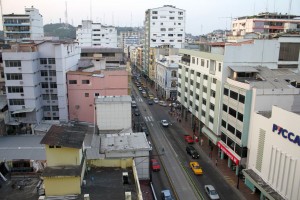
But Guayaquil, I can most certainly recommend, especially if you want to get a different flavor of Ecuador beyond Quito and the indigenous, mountainous cities and towns. It’s not as cultural as Quito or Cuenca, but there is something about the coastal vibe that you feel immediately upon arrival to Ecuador’s largest city.
Perhaps the best thing about Guayaquil is that it is just a few hours bus ride to the coastal towns of Salinas and Montenita, which is where we are headed next to wind up our trip.


